On June 7, 2024 early morning (India time), the internet broke out with the video of a jubilant Sunita Williams dancing her way into the International Space Station. And, boy, did she have a reason to dance! The Boeing Starliner capsule, carrying her and her mission commander and crewmate Barry "Butch" Wilmore (61), safely docked at the International Space Station (ISS) after approximately 26 hours of spaceflight.
The well known NASA astronaut of Indian Origin was launched aboard the Boeing Starliner, alongside Wilmore, her fellow astronaut at NASA, from Cape Canaveral, Florida (USA) on June 5. She flew to space for the third time on Wednesday scripting history along with Wilmore, as the first members aboard Boeing’s Starliner spacecraft to the International Space Station (ISS). Sunita is the pilot for the flight test while Wilmore is the commander of the mission.
At the age of 58, Sunita Williams became the first woman to pilot a new spacecraft on its inaugural crewed test flight to space. Her visit to the ISS this time is short. Just a week, that’s it. But Sunita has spent loads of time in the space, and created astounding records in the history of space research. Her journey is inspiring and well known. Let’s just recollect some highlights, to honour here great accomplishments.
- Graduated from the U.S. Naval Academy in 1987 with a Bachelor of Science in Physical Science.
- Earned a Master of Science in Engineering Management from Florida Institute of Technology in 1995.
- Served as a helicopter pilot in the U.S. Navy, where she flew missions in support of various operations.
- Became a Naval Test Pilot, testing new helicopters and their systems.
- Selected as an astronaut by NASA in 1998.
- First spaceflight was aboard the Space Shuttle Discovery on STS-116 in December 2006, during which she joined the ISS Expedition 14 crew.
- Set a record for the longest spaceflight by a woman at that time, spending 195 days in space during her first mission.
- Became the first person to run a marathon from the space station on April 16, 2007

- Completed four spacewalks during Expedition 14 and Expedition 15, accumulating a total of 29 hours and 17 minutes of EVA (extravehicular activity) time.
- Launched aboard the Russian Soyuz TMA-05M spacecraft in July 2012, for her second long-duration mission, serving as a flight engineer for Expedition 32 and commander of Expedition 33.
Conducted three additional spacewalks, bringing her total EVA time to over 50 hours, which was the most by a female astronaut at that time.
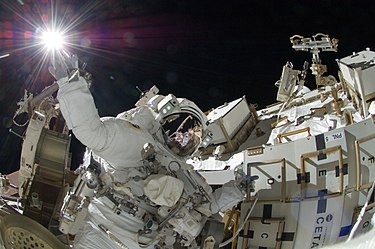 (Sunita appears to touch the bright Sun during a spacewalk)
(Sunita appears to touch the bright Sun during a spacewalk)
She is one of the first astronauts to fly aboard Boeing's CST-100 Starliner spacecraft as part of the Crew Flight Test (CFT) mission. This mission aims to test the spacecraft's capabilities in transporting crew to and from the ISS as part of NASA's Commercial Crew Program. The primary goal of the CFT mission is to validate the performance and safety of the CST-100 Starliner spacecraft in real-world conditions. This includes all critical phases of the mission such as launch, docking, and re-entry, as well as the spacecraft's life support and crew systems.
A successful CFT mission will pave the way for NASA to certify Starliner for regular crewed missions to the International Space Station (ISS). This certification is crucial for the spacecraft to be used in future rotations and long-duration missions, providing NASA with an additional option for transporting astronauts to the ISS.
With Boeing's Starliner joining SpaceX's Crew Dragon in providing transportation services to the ISS, NASA will have greater redundancy and flexibility in crew launch and return capabilities. This is essential for maintaining continuous human presence on the ISS and for dealing with unforeseen technical issues or delays.
The mission marks a critical milestone in NASA's Commercial Crew Program, which aims to foster the development of a robust commercial spaceflight industry in the United States. By demonstrating the viability of commercially developed spacecraft for human spaceflight, the CFT mission supports broader goals of reducing costs and increasing access to space.
In summary, the Crew Flight Test mission is a crucial step towards operationalizing Boeing's Starliner spacecraft, enhancing NASA's human spaceflight capabilities, and supporting the broader goals of space exploration and commercial space industry development.
Sunita Williams has a pivotal role in the Boeing Starliner Crew Flight Test (CFT) mission scheduled for 2024. Her specific responsibilities include:
Pilot Duties:
As one of the two crew members, Suinta serves as the pilot of the CST-100 Starliner. Her duties involve assisting in the operation and control of the spacecraft during launch, docking, undocking, and re-entry phases.
Systems Monitoring and Operation:
Sunita is responsible for monitoring the spacecraft's systems, including life support, navigation, and communication systems. This involves ensuring all systems function correctly and troubleshooting any issues that may arise during the mission.
Testing and Validation:
A significant aspect of the CFT mission is testing the Starliner's capabilities in a crewed flight scenario. Sunita will play a crucial role in validating the spacecraft's performance and safety, providing real-time feedback to the mission control team and assisting in evaluating the spacecraft's handling and operations.
Mission Procedures and Experiments:
During the mission, she will follow specific predefined procedures and conduct experiments designed to test the spacecraft's systems and its ability to support human life in space. This includes tasks related to the International Space Station (ISS), such as docking maneuvers and system integration.
Emergency Preparedness:
Part of her role involves being prepared to handle any emergency situations that may occur. This includes executing contingency plans and performing manual overrides if automated systems fail.
Post-Mission Analysis:
After the mission, Williams will be involved in debriefing sessions and detailed analysis of the flight data. Her insights and observations will be critical in making any necessary adjustments to the spacecraft for future missions.
Sunita Williams' extensive experience as an astronaut, including her previous missions to the ISS and numerous spacewalks, makes her exceptionally well-suited for this critical role in the Boeing Starliner CFT mission. Her responsibilities are essential to ensuring the mission's success and the certification of the Starliner for regular operational use.
As a highly experienced astronaut, she has significantly contributed to the operational aspects and testing of these spacecrafts. Her firsthand experience has provided valuable feedback to engineers and designers, helping improve the functionality and safety of the ISS. Regarding the Starliner, Williams' role has been more focused on testing and preparing for its operational use rather than its initial design. As a selected astronaut for the Crew Flight Test (CFT) mission, her input has been crucial in evaluating the spacecraft's systems and performance, ensuring it meets NASA's stringent requirements for crewed missions. While not a designer, Williams' contributions as an end-user and tester have been instrumental in refining these complex systems to better serve astronauts and future missions.
Sunita Williams is a beacon of inspiration not only for women worldwide but for all aspiring astronauts, regardless of gender. Her illustrious career with NASA, marked by record-breaking spaceflights and numerous spacewalks, showcases her exceptional skills and determination. Williams' perseverance in overcoming challenges and her contributions to space exploration highlight the limitless possibilities for those who dream of venturing into space. Her achievements demonstrate that with dedication and hard work, barriers can be broken, and new heights can be reached. As a role model, she encourages young girls and boys to pursue careers in science, technology, engineering, and mathematics (STEM), promoting diversity and inclusion in fields historically dominated by men. Williams' story is a testament to the power of ambition and serves as an enduring inspiration to future generations of explorers.
- Rucha Mulay
kartavyasadhana@gmail.com
Tags: Space ISRO ISS Sunita Williams Sadhana digital STEM science inspiration Load More Tags

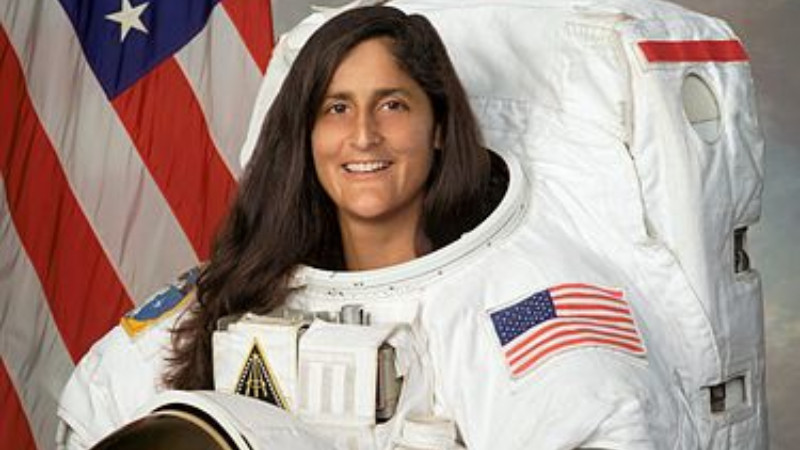

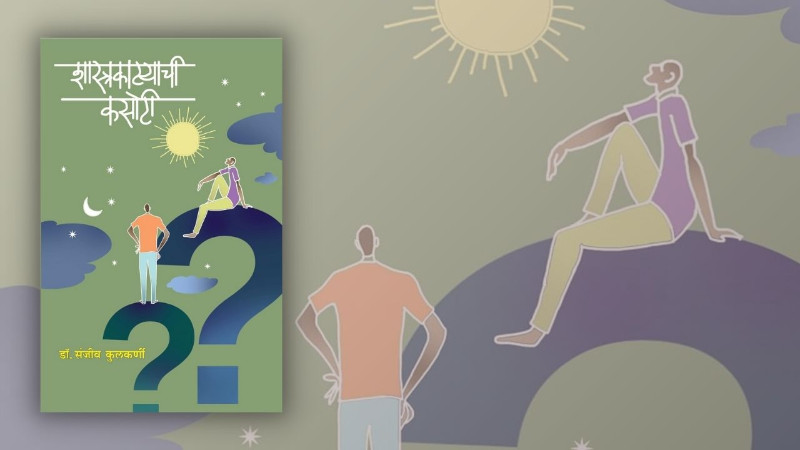
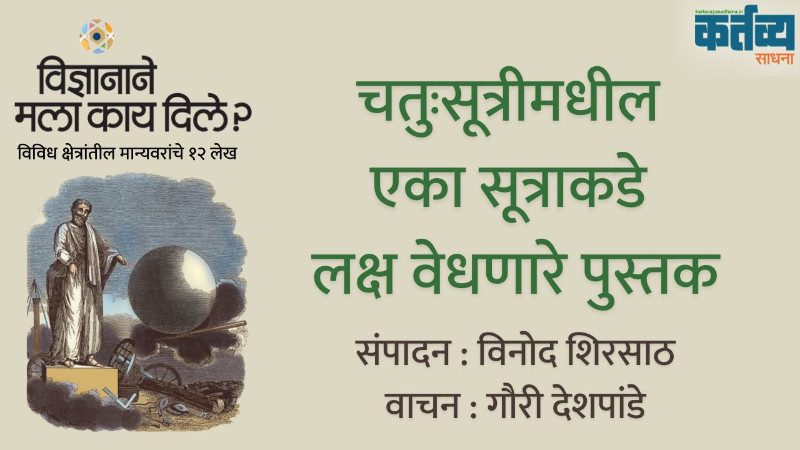

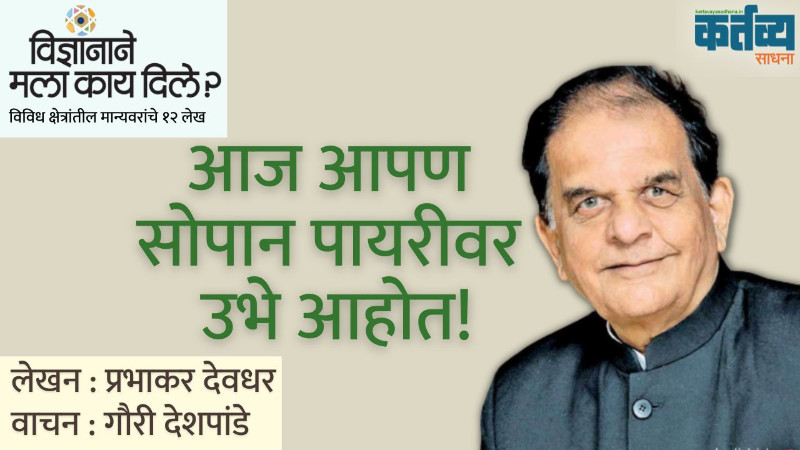
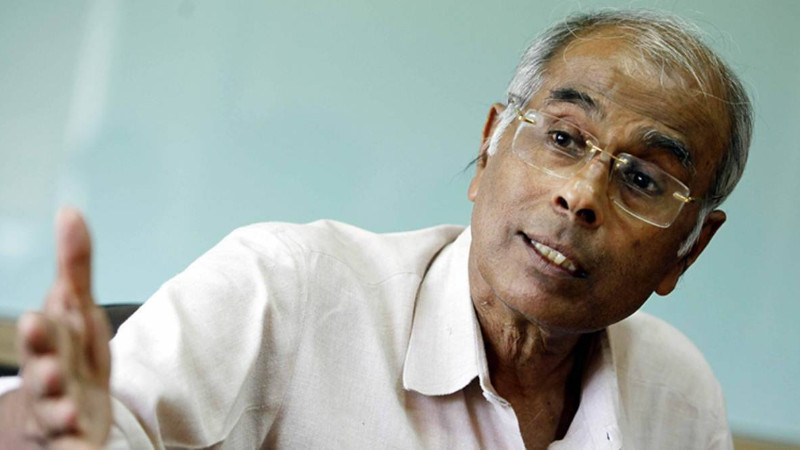
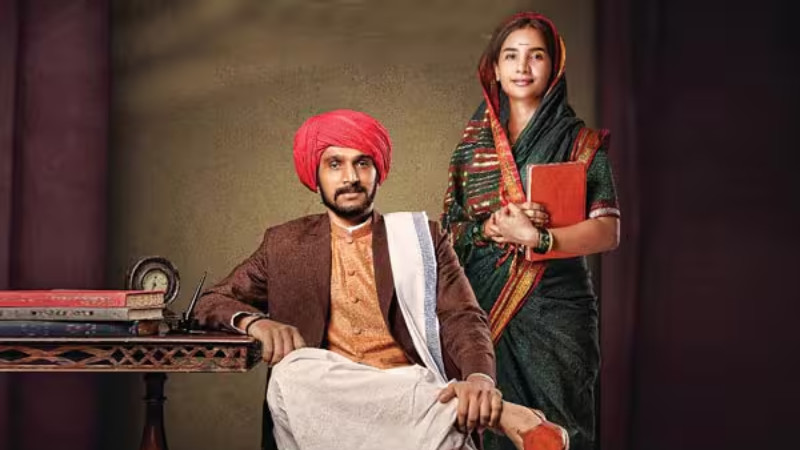
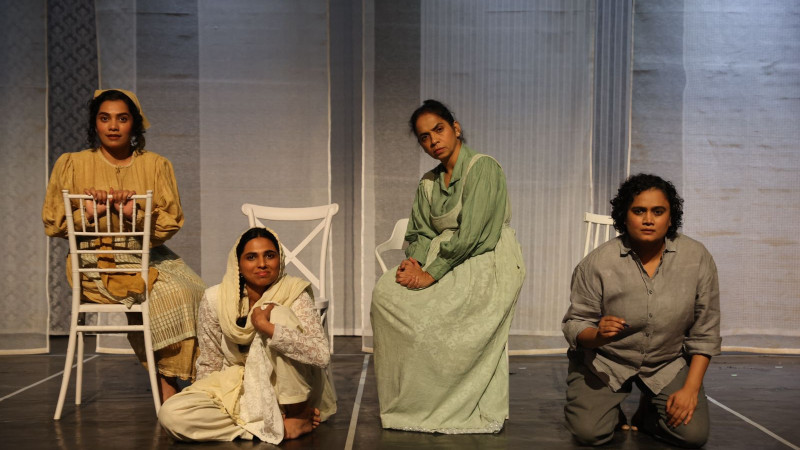
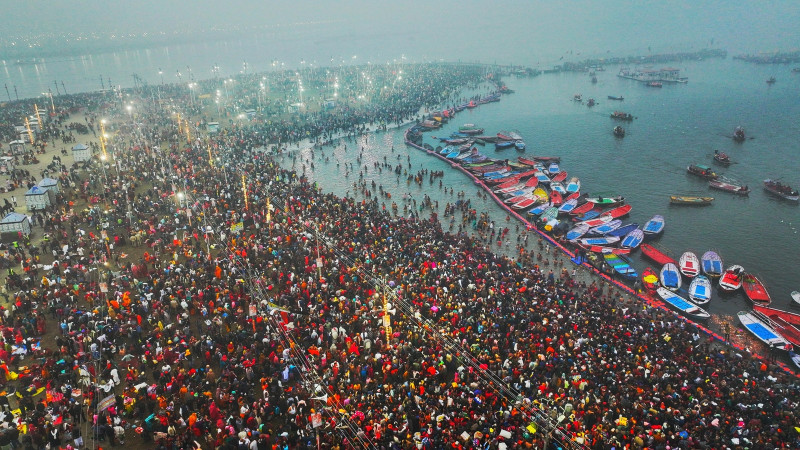

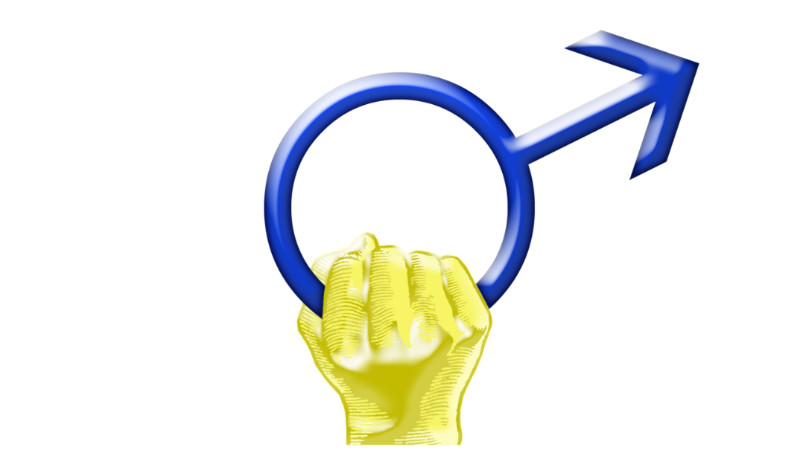
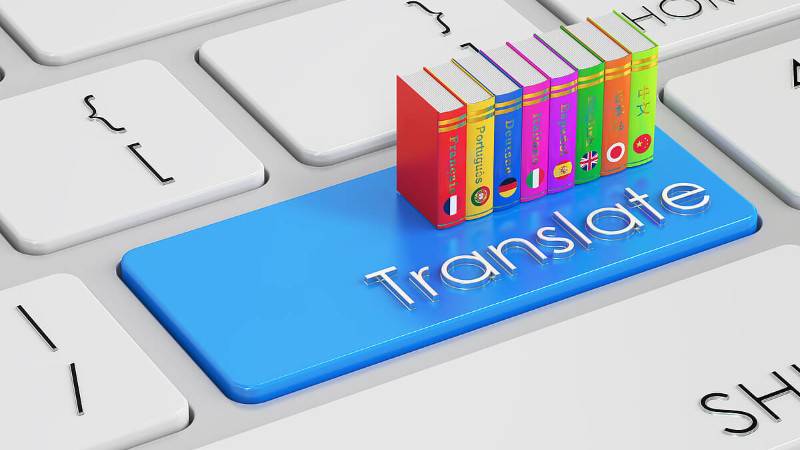

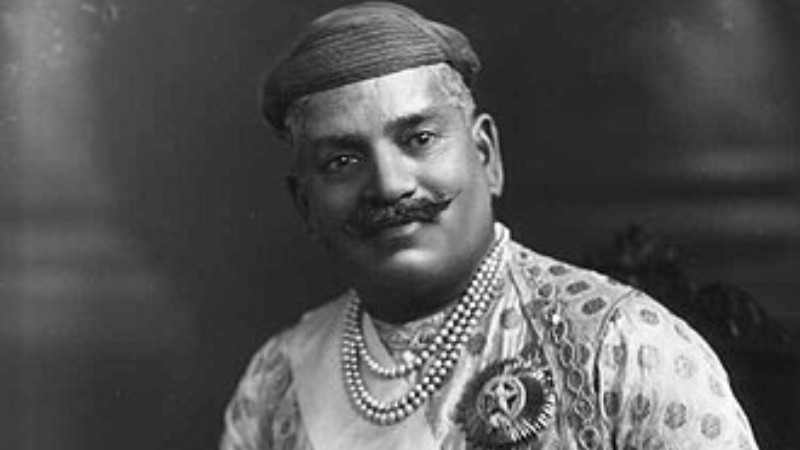

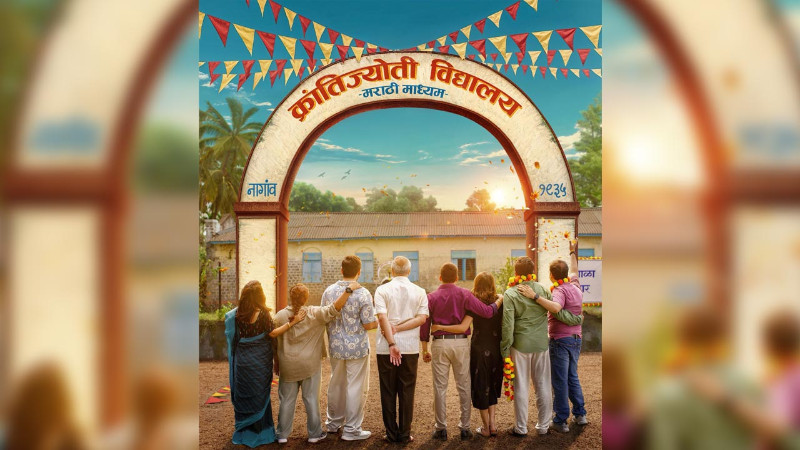
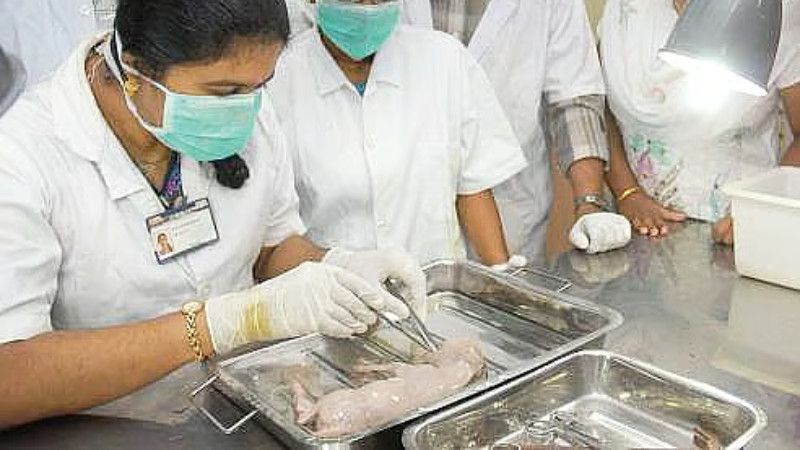
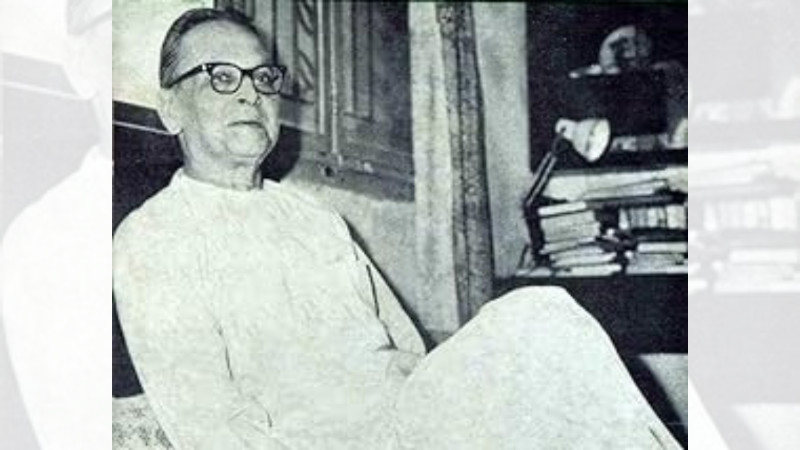
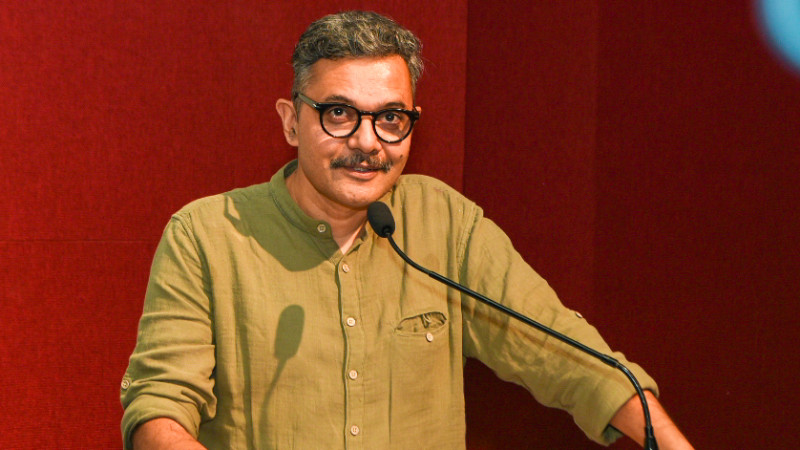
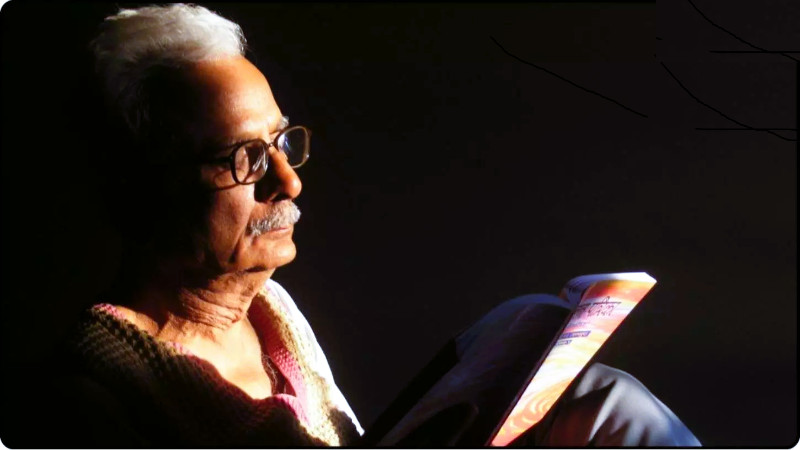
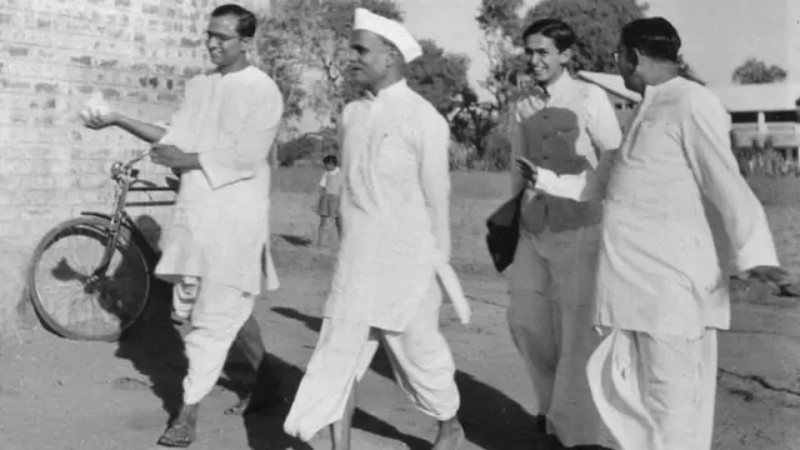
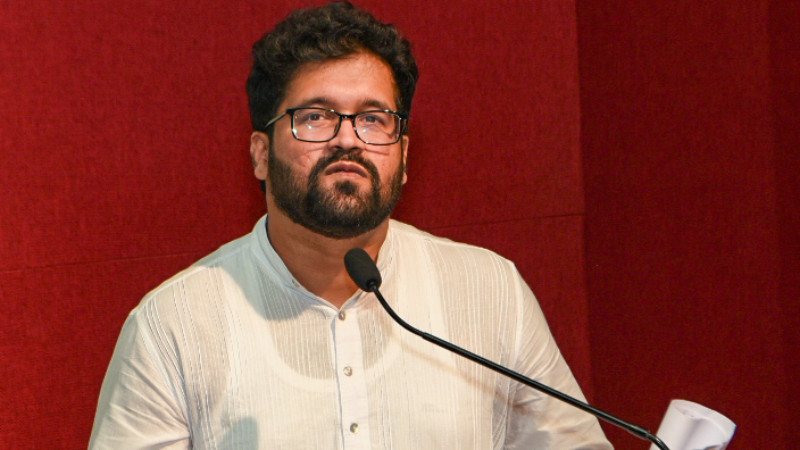
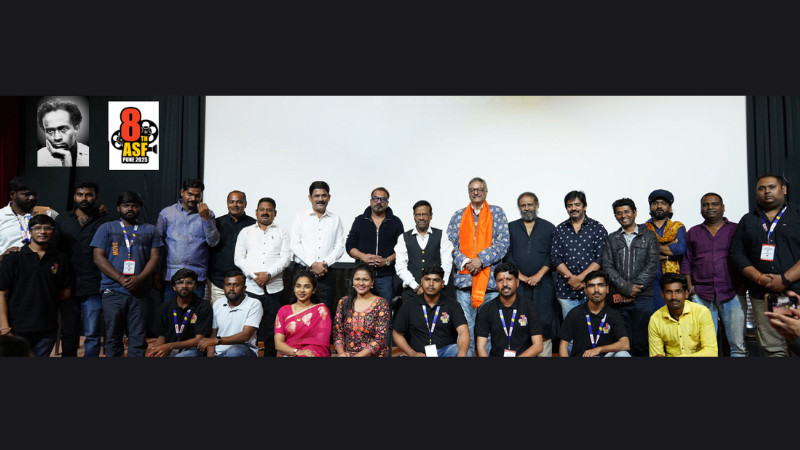

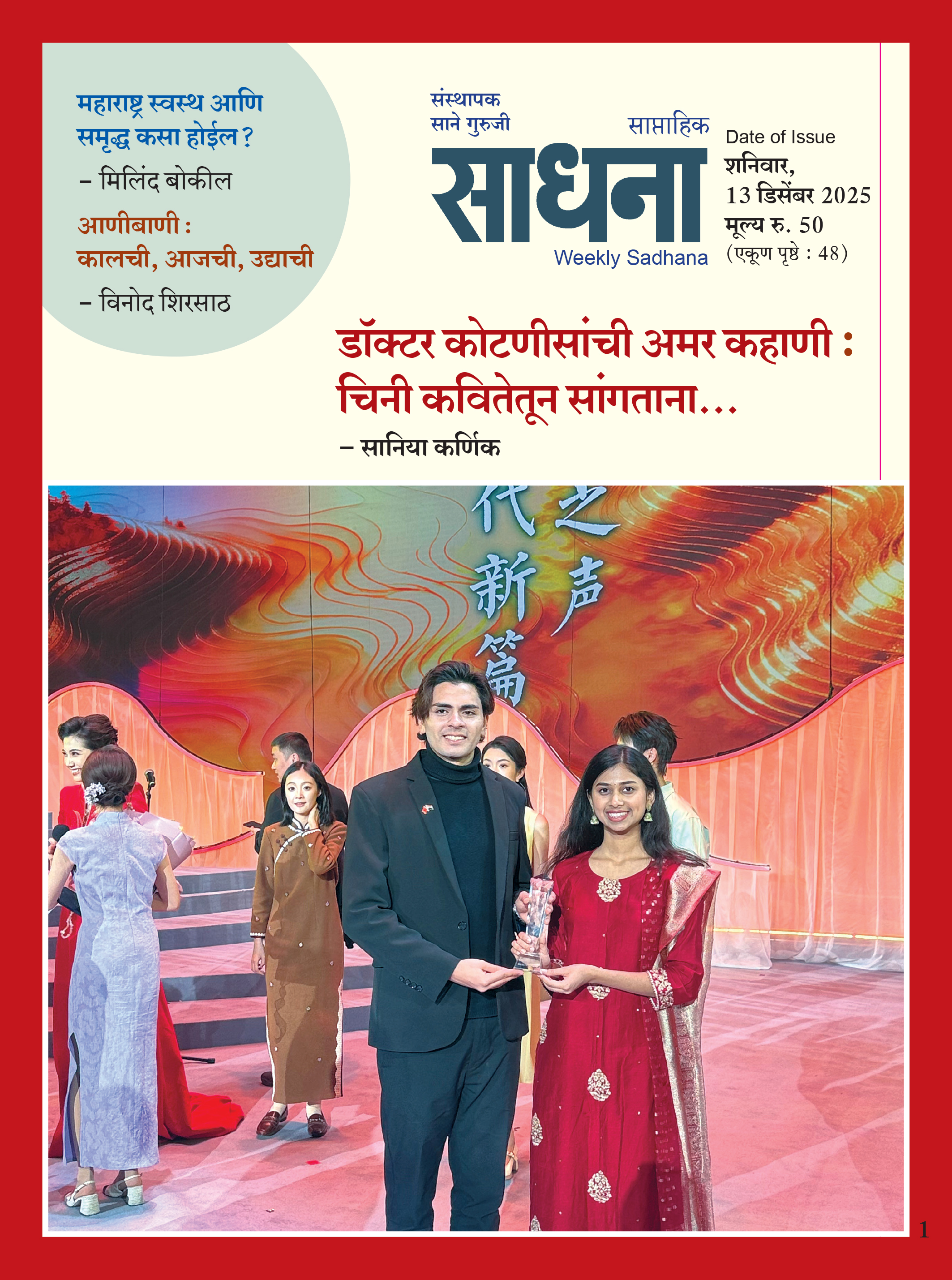













Add Comment